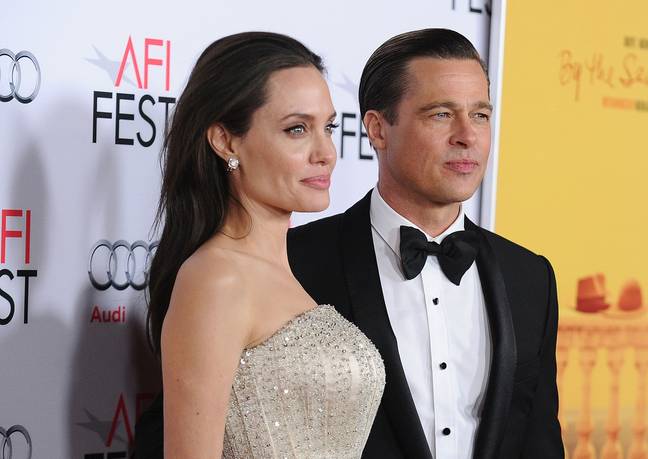ENJOY the free tunes while you can: The party may be winding down as the music industry prepares to make fans pony up. Over the past few years, record companies have allowed music streaming services such as Spotify to offer a variety of ways for listeners to try the services free, ultimately hoping to lure them into $10-a-month subscriptions, and away from file-sharing sites and other illegal sources of free music.

Users of Spotify’s free smartphone app, for example, can play any artist’s catalogue they choose, provided they shuffle the songs. Spotify’s nonpaying laptop and tablet listeners can even listen to particular songs on-demand, accompanied by ads. Last fall Spotify introduced a free custom radio service for mobile users.
In all, 37.5-million people use various free versions of the service, compared with 12.5-million who pay a monthly fee.
Apple’s Beats Music, meantime, offered a 90-day trial period to its subscription service for most of this year to AT&T’s wireless family-plan customers, while Google. offers a 30-day free trial to its All Access subscription service, no credit card required.
Now that fans have had a taste, record labels are feeling less generous as they head into their next round of licensing negotiations.
Some plan to use their leverage to start cutting the free access. One major-label executive said he regretted ever having agreed to allow licensees to offer any on-demand listening features free.
“In hindsight we made a mistake,” he said.
The major record labels — Vivendi’s Universal Music, Sony’s Sony Music Entertainment and Access Industries’ Warner Music — now want music’s subscription services to curtail free-trial periods, sell more ads on their free services, get customers’ credit card information sooner and invest more in reducing subscriber churn rates.
Even Google’s YouTube — long the largest de facto free music service on the Internet thanks to its millions of free music videos — is getting with the programme.
On Wednesday the company disclosed details of a long awaited paid subscription offering, called Music Key, that will cost $10 a month.
An average user of free, ad-supported streaming services generates revenue of around $4 a year to record companies, according to one label executive, compared with between $50 and $75 a user in the record-buying age. Spotify subscribers pay $120 a year, of which about 70% goes to record labels and music publishers.
Users of free services such as Pandora Media’s custom radio service far outnumber those paying for Spotify and its competitors.
Some digital music services, though, are pushing back in initial talks, worried that cutting the free perks too fast could scare away users before they fully understand how the subscription model works, according to a person familiar with the matter.
“Our free service drives our paid service,” Spotify CE Daniel Ek wrote on the company’s blog this week.
The tension became apparent earlier this month when pop star Taylor Swift withheld her latest album, 1989, from Spotify, and pulled her entire catalogue from the service shortly afterward.
Her label had sought to make her music only available to Spotify’s paying subscribers, but Spotify insisted that she, like all artists on the service, make songs available to both its paying and free users, hoping to keep the free service attractive enough to keep attracting subscribers.
The drive toward converting free to paid listeners is the latest in a series of radical changes in music industry economics, starting in the late 1990s when fans started uploading and sharing their music online, says Universal Music chairman Lucian Grainge.
Speaking at The Wall Street Journal’s WSJD Live technology conference last month, Mr Grainge pointed to the ’90s file-sharing boom as the beginning of a 14-year, 50% decline in US record sales.
For the first 10 of those years, he said, the industry was focused on “trying to contain file sharing and piracy.” More recently, music companies have turned their attention to “stopping the decline” by creating as many new platforms and services as possible to start capturing some money.
Those efforts appear to have been successful with recorded-music revenues stabilising over the past few years, and streaming-revenue growth offsetting declines in download sales.
But the third phase, he said, is “going to be accelerating paid subscription and experimentation”, with “an enormous, high-margin, regular, recurring prize at the end of it.”
Free, ad-supported offerings have helped hook music fans on streaming, he said, but “ad-funded is not a sustainable business model.”
To help the subscription business grow, Mr Grainge said at the conference that Universal Music planned to experiment with price and membership terms, possibly offering subscribers everything from interaction with artists to access to live events.
Many of Universal Music’s licensing deals with streaming partners expire at the end of this year, according to a person familiar with the matter.”
Everything’s on the table. We’re working to create as many opportunities (as possible) for people to buy, or pay for their music,” he said. “I see a world very, very soon where there will be a whole series of price points for the consumer.”
Some labels are looking to Sirius XM Radio, the satellite radio service, as a model. Though its technology may no longer be cutting-edge, Sirius is adept at amassing loyal customers. Many of Sirius XM’s nearly 30-million subscribers pay $15 a month, and nearly half of the people who buy new cars with the service preinstalled end up subscribing.
Less than 2% cancel their subscriptions each year.
Among Sirius XM’s tactics: the company has taken some users’ credit cards up front to activate their free trials. Spotify and Beats Music don’t require credit cards until users are ready to subscribe, but they could easily get credit cards sooner, for example by charging $1 for a lengthy free trial, one label executive said. Sirius also has discounted yearly payment plans that hook subscribers for longer periods, and offers private concerts and artist meet-and-greets for subscribers as well.
One challenge, though, is that for many consumers, the free, ad-supported radio services that have amassed far more users in the US appear to have become substitutes for $10-a-month on-demand services, even though the two camps offer very different products.
“Most consumers don’t know the difference between Spotify and Pandora,” said one label executive. Internet radio giant Pandora Media has nearly 80-million active users in the US, close to double the number that Spotify has worldwide.
IHeartMedia’s iHeartRadio and Apple’s iTunes Radio have about 100-million users combined, and some executives worry such personalised radio services may be blinding some consumers to the advantages of paid subscription services.
To correct the problem, he said, record labels must tweak both the types of features and the amount of content that they allow their technology partners to offer free, he said.
“If they’re not serious about having a paid tier and improving monetisation, we’re going to be less interested in working with them,” he said.-WALL STREET JOURNAL






